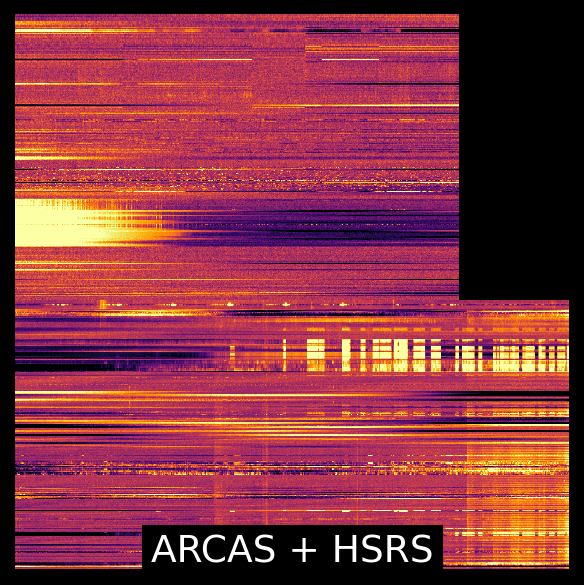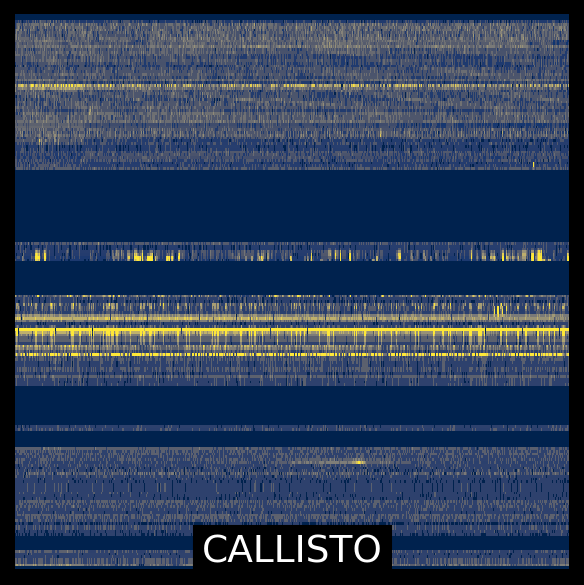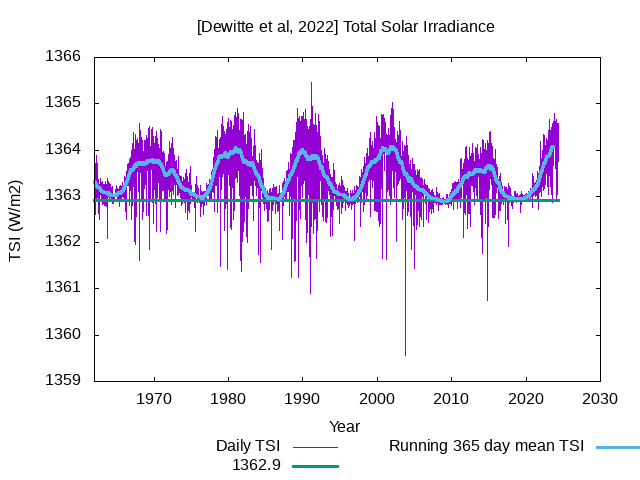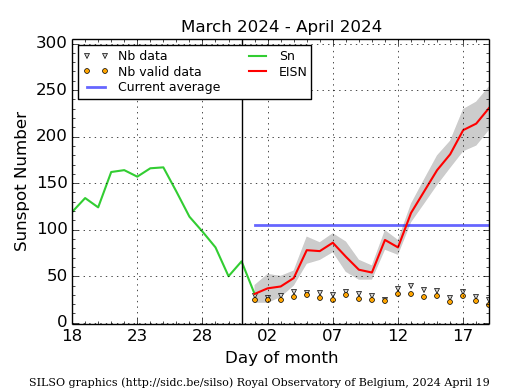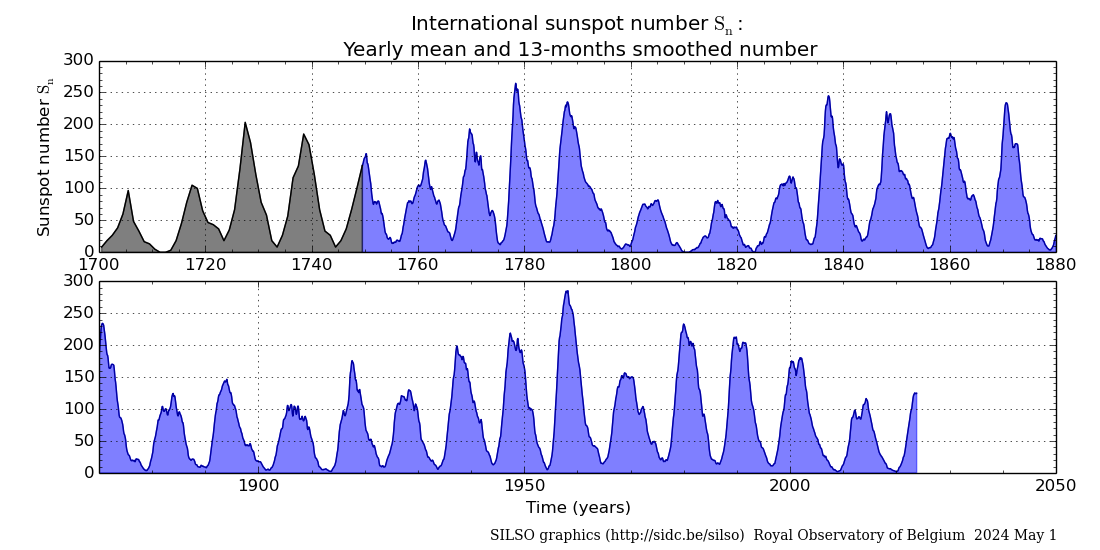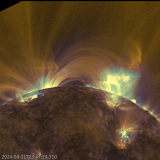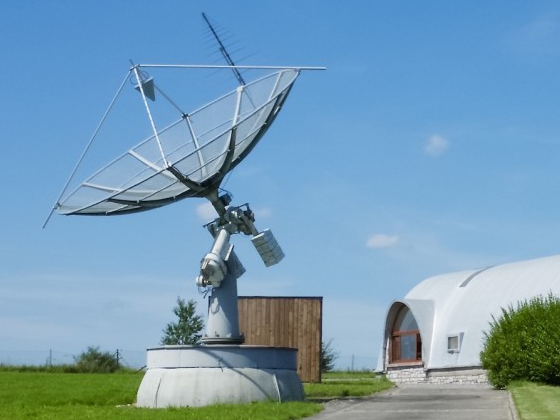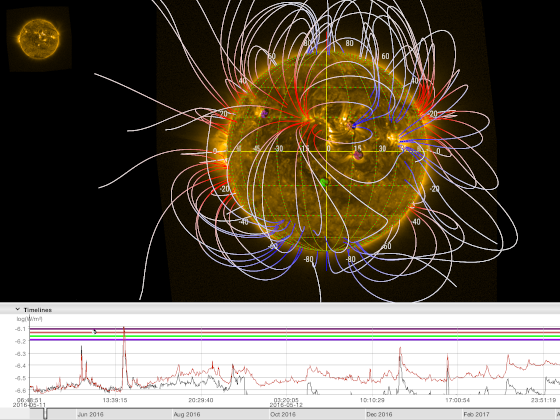Solar flaring activity was at moderate levels, with multiple C-class flares and one M-class flare recorded in the past 24 hours. The largest flare of the period was an M1.0 flare, peaking at 13:06 UTC on Apr 19, associated with NOAA AR 3647 (beta-delta class). There are currently 14 numbered active regions on the visible disk. NOAA AR 3639 (beta-gamma) is the largest region on disk but was inactive. NOAA AR 3635 is expected to rotate over the west limb in the next hours. Other regions on the disc have simple configuration of their photospheric magnetic field (alpha and beta). The solar flaring activity is expected to be at moderate levels over the next 24 hours, with M-class flares possible and a low chance for X-class flare.
No Earth-directed CMEs have been detected in the available coronagraph imagery over the past 24 hours.
Over the past 24 hours the greater than 10 MeV GOES proton flux was at nominal levels and is expected to remain so with
possible enhancements in case of increased levels of solar activity over the next days.
The greater than 2 MeV electron flux, as measured by the GOES-16 satellite, remained below the 1000 pfu threshold. It is
expected to remain below the threshold during the next 24 hours. The 24 hour electron fluence was at normal levels and is expected to remain at these levels for the following 24 hours.

